The second-most commonly-seen image is probably the statue that stands in the United States Capitol, one of two statues representing the Commonwealth of Pennsylvania. This statue, which was created in 1889 by Blanche Nevin, hardly resembles the Trumbull and Martin Gallery portraits. It depicts Muhlenberg as the new colonel of the 8th Virginia Regiment, removing his pastor’s robe to reveal a military uniform. It appears to be a Continental Army uniform, which would be incorrect--the 8th Virginia was a Provincial Virginia regiment for the first several months of its existence. He may, in fact, have worn the same hunting shirt that his junior officers and enlisted men wore. This statue is the prototype for countless other images of Muhlenberg as a dashing young pastor surprising his congregation by revealing a uniform under his cloak. Neither his commission nor his uniform were in fact a surprise, though there is no reason to doubt the sermon.
Trumbull worked hard to make his depiction of the people in his history paintings as accurate as possible. He wrote that “to transmit to their descendants, the personal resemblance of those who have been the great actors in those illustrious scenes” was one of the goals of his patriotic painting. A war veteran from a prominent Connecticut family, Trumbull knew many of his subjects personally.
(Updated 9/17/21) More from The 8th Virginia Regiment
3 Comments
Tim Rhoades
3/29/2017 11:25:55 am
Reply
AnnHunter
6/21/2022 11:29:04 am
In ca. 1981, Caroline Muhlenberg Hufford Anderson sculpted the bust of Peter Muhlenberg situated center front before the entrance to the Historic Shenandoah County, Virginia, courthouse, located near the spot where Muhlenberg gave his famous sermon. The sculptor is a descendant of Muhlenberg, and based his appearance on familial characteristics common to the Patriot's descendants. The same sculptor also created the Peter Muhlenberg Memorial, located on Connecticut Ave. in Washington, D.C. These two works of art, along with the Trumbull portrait, probably portray Peter Muhlenberg most reliably.
Reply
8/3/2022 05:32:26 am
Very much appreciated. Thank you for this excellent article. Keep posting!
Reply
Leave a Reply. |
Gabriel Nevilleis researching the history of the Revolutionary War's 8th Virginia Regiment. Its ten companies formed near the frontier, from the Cumberland Gap to Pittsburgh. Categories
All
Archives
June 2024
© 2015-2022 Gabriel Neville
|
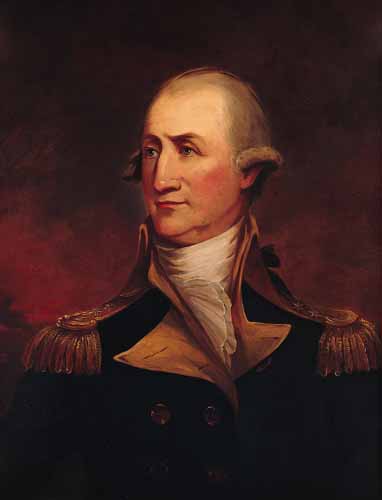
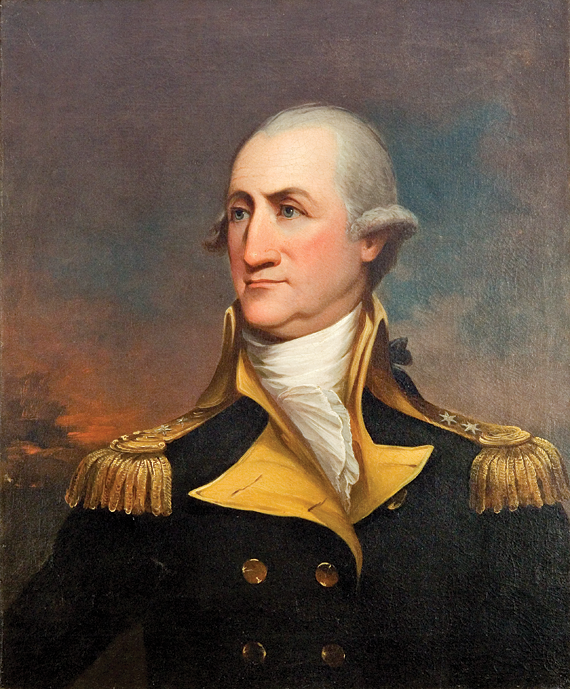
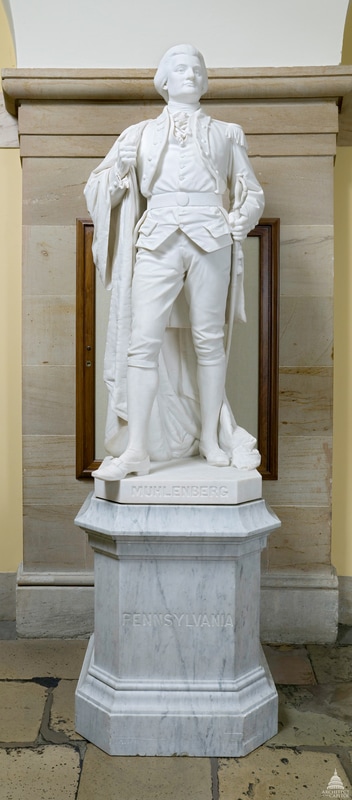
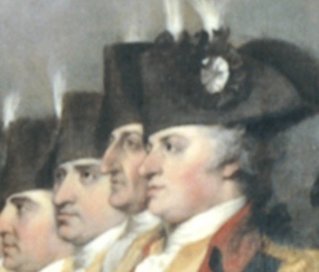
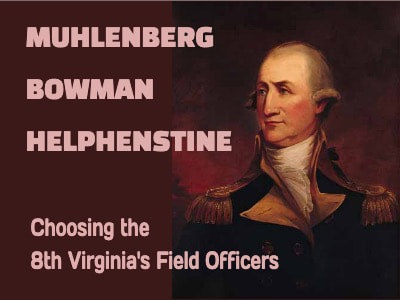
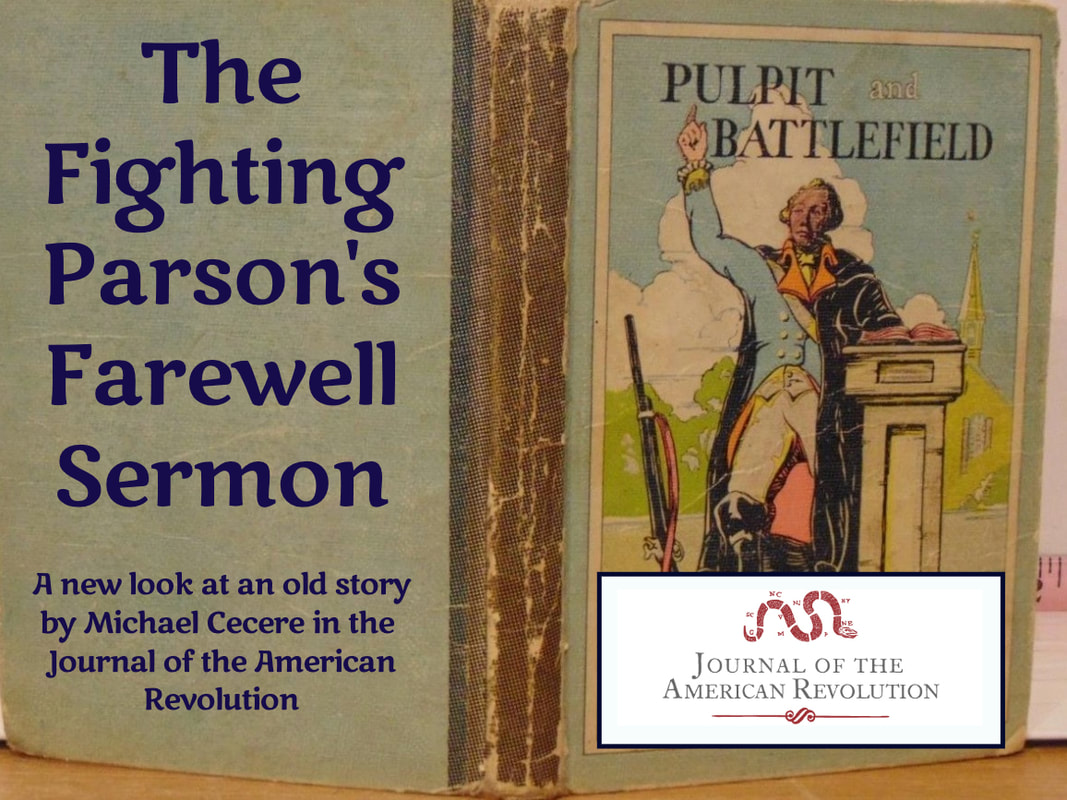
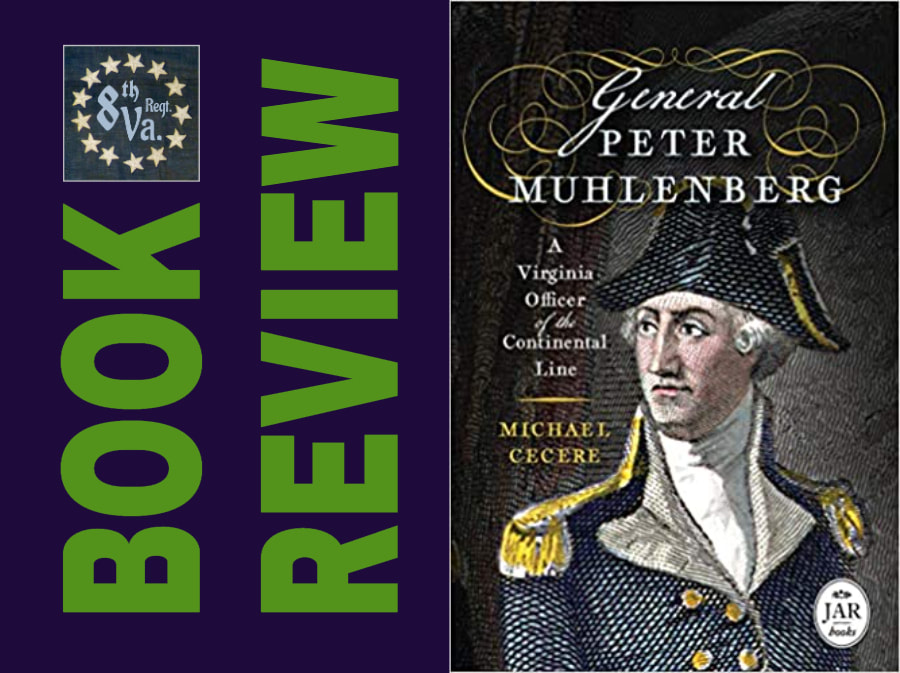
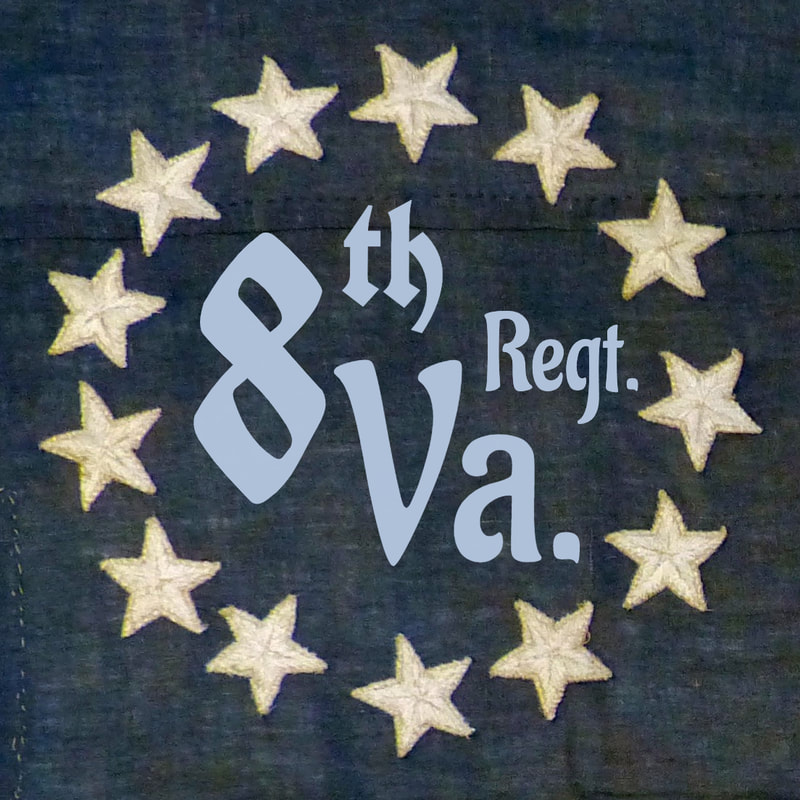
 RSS Feed
RSS Feed